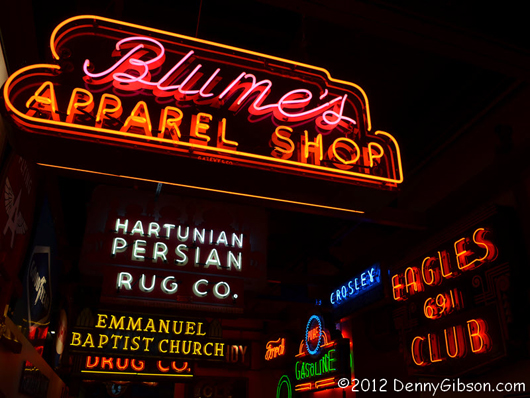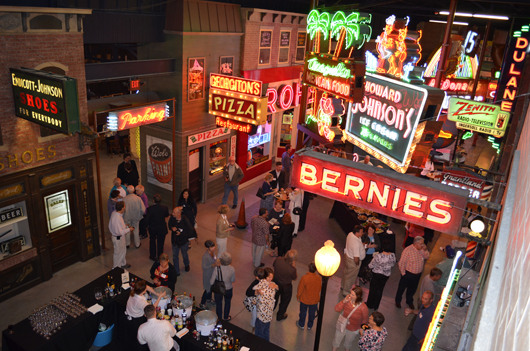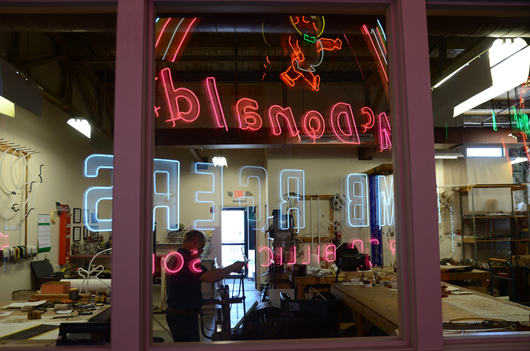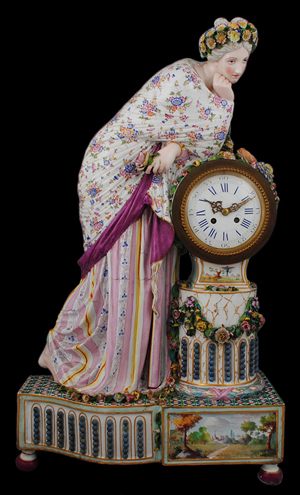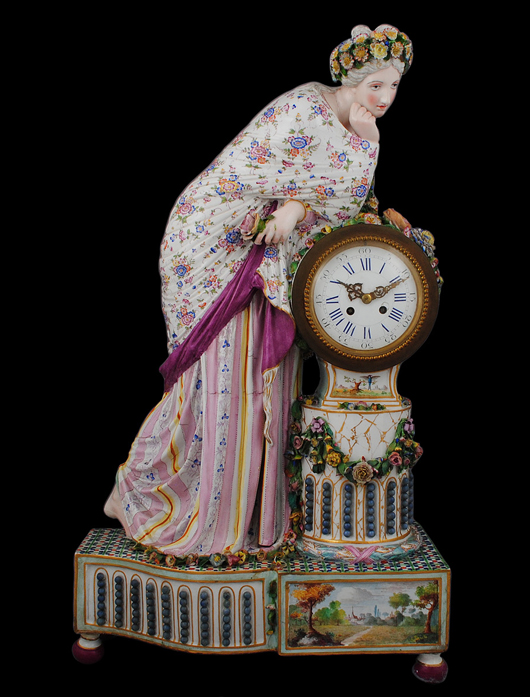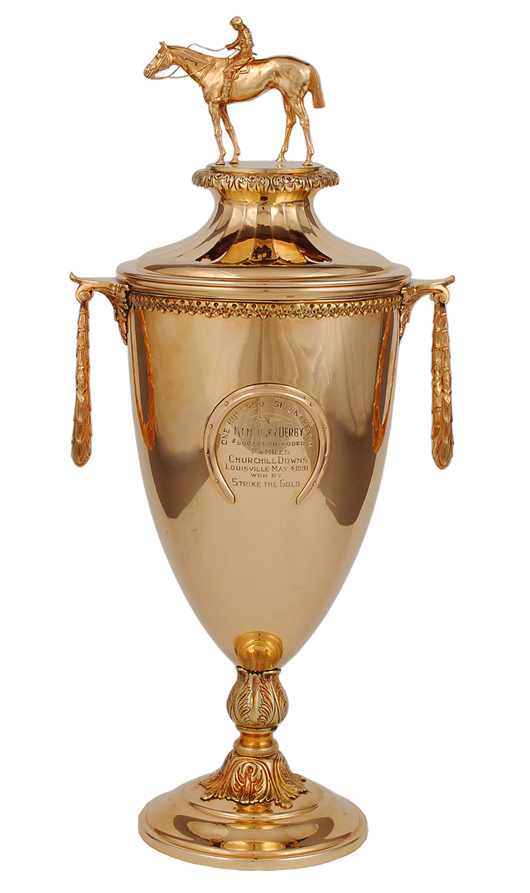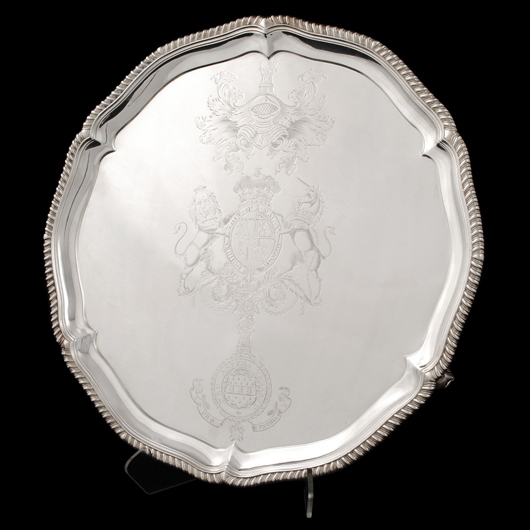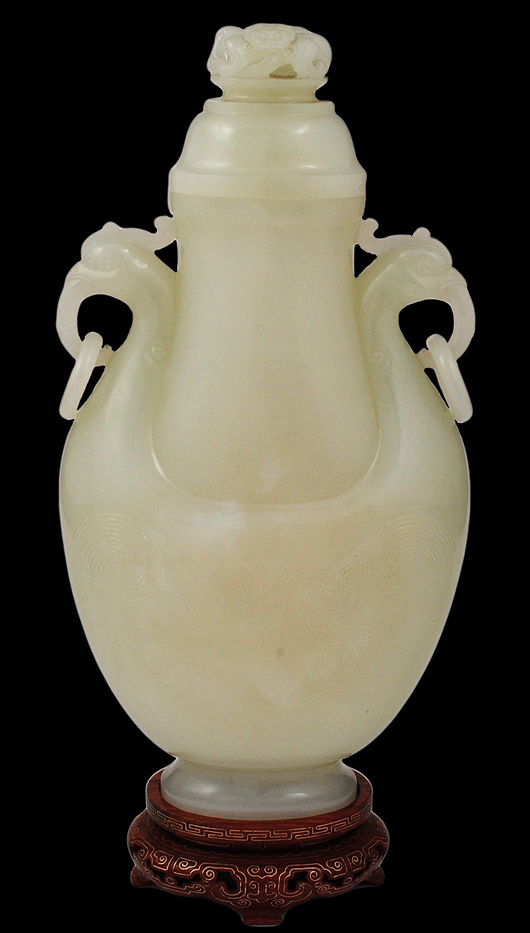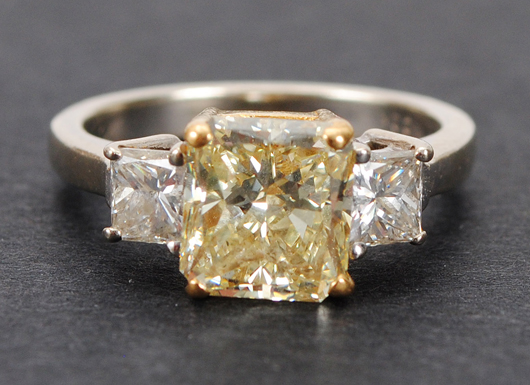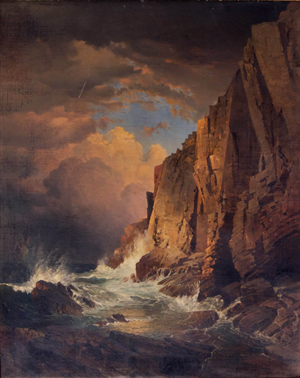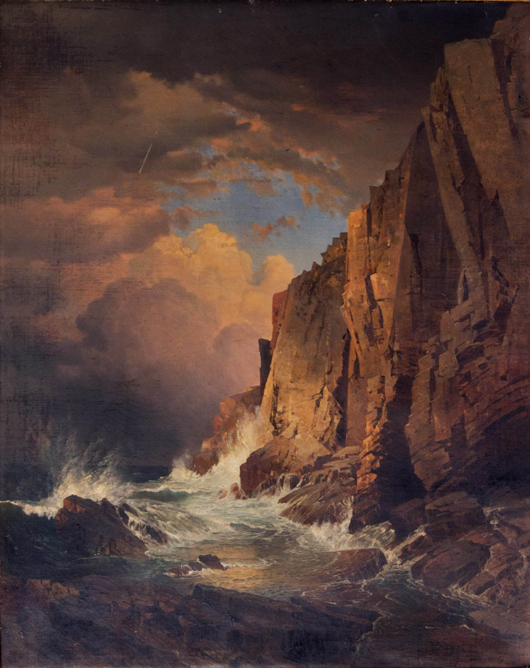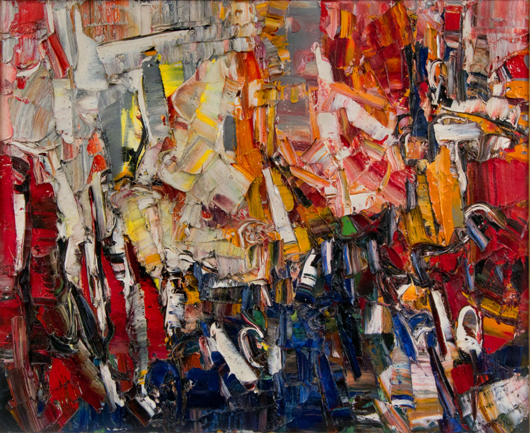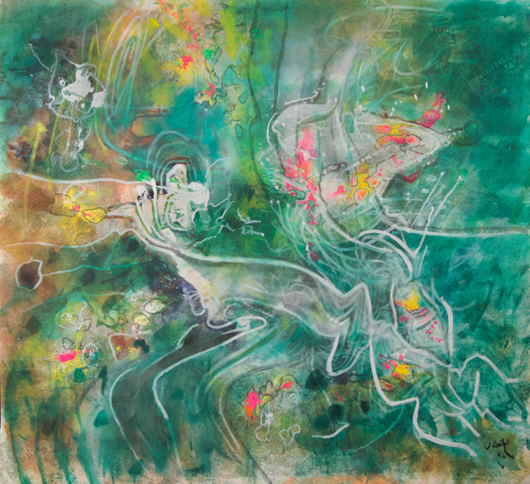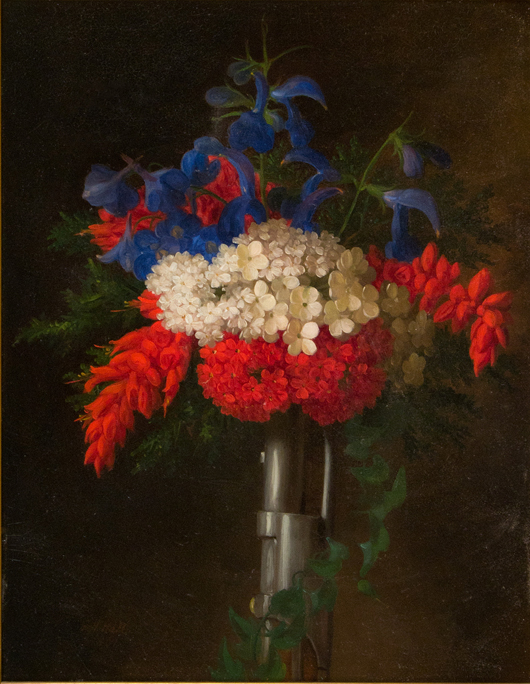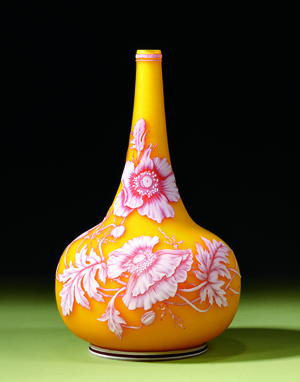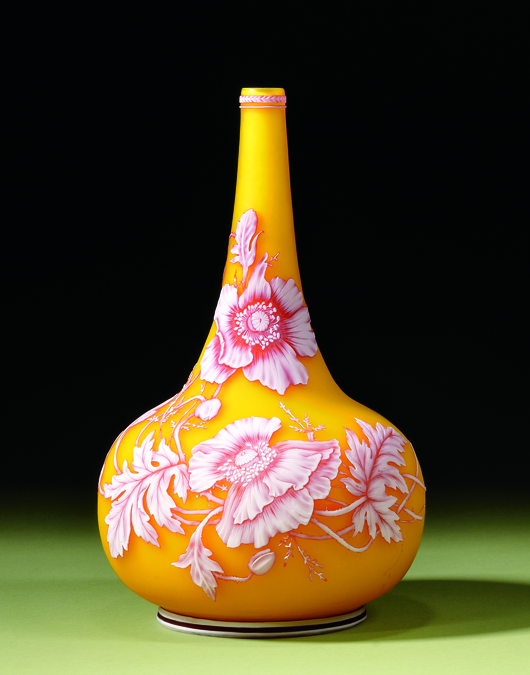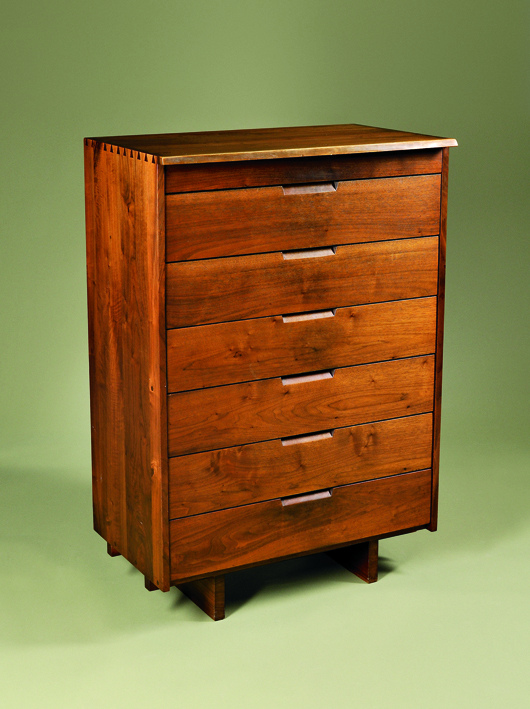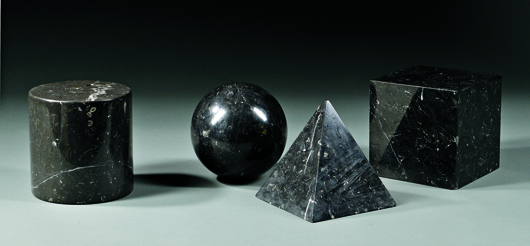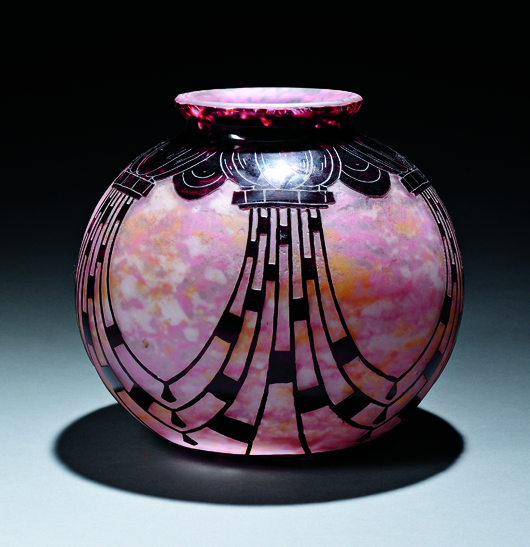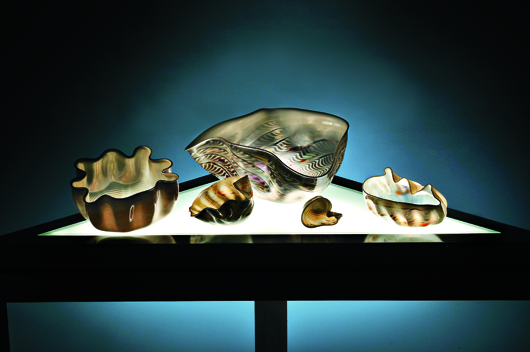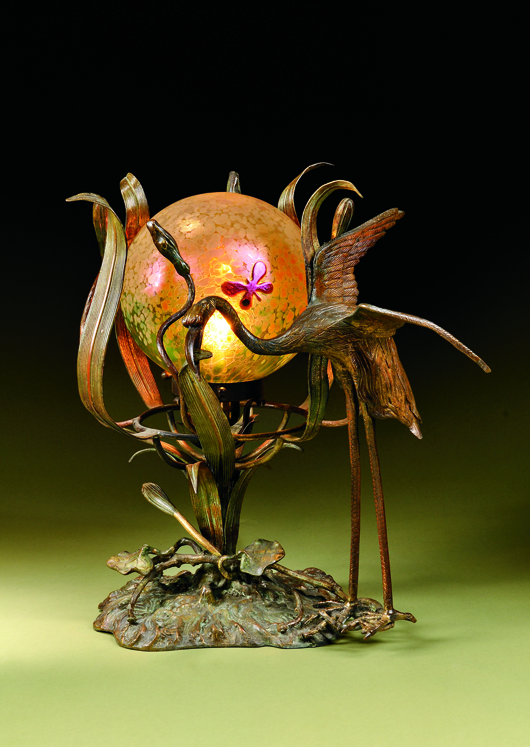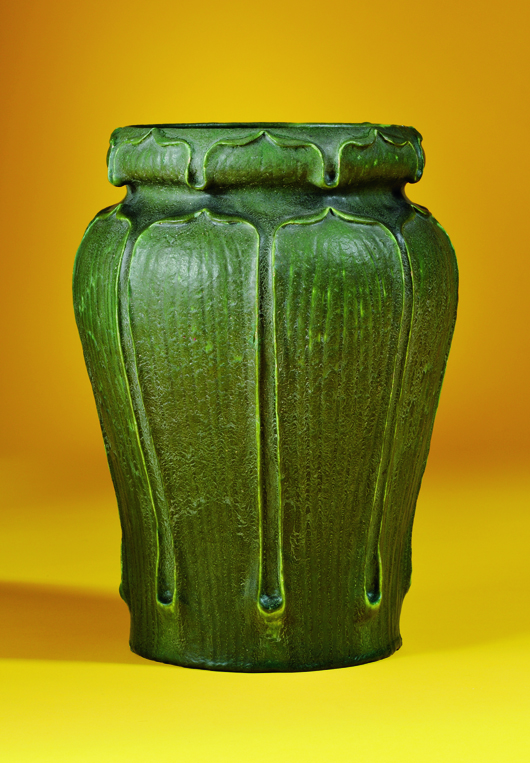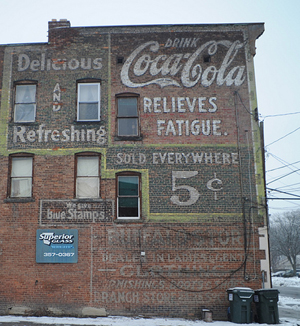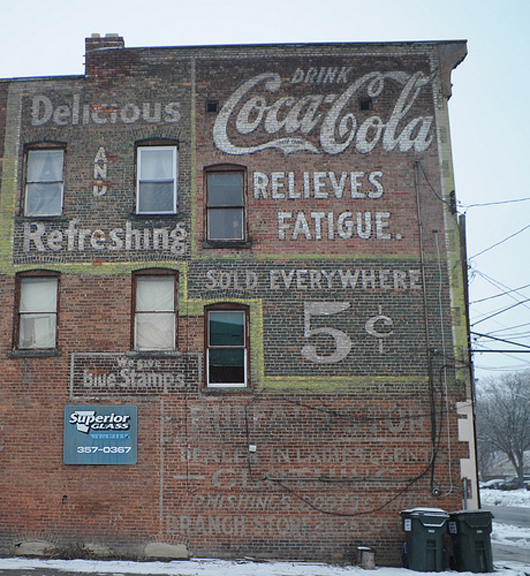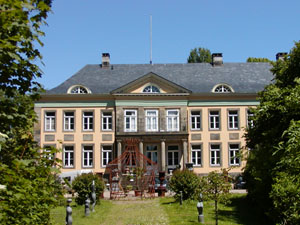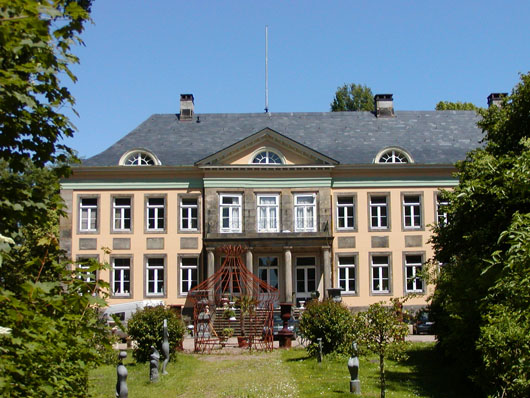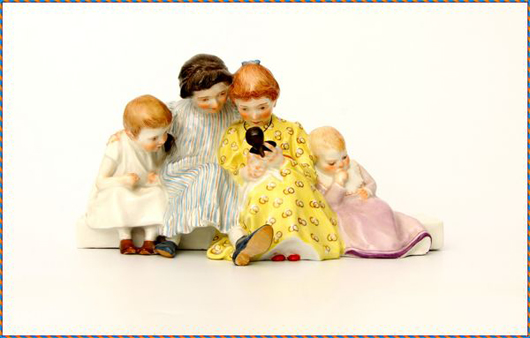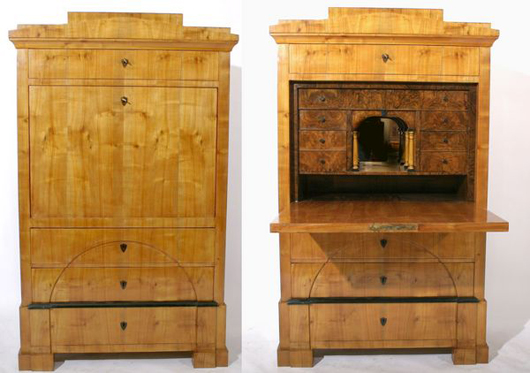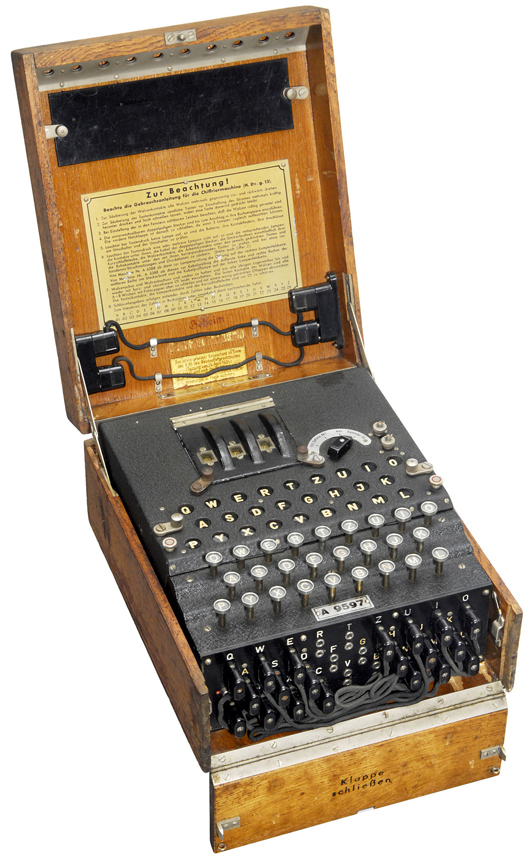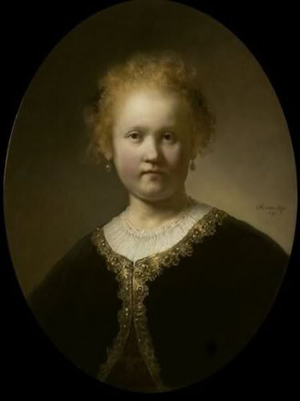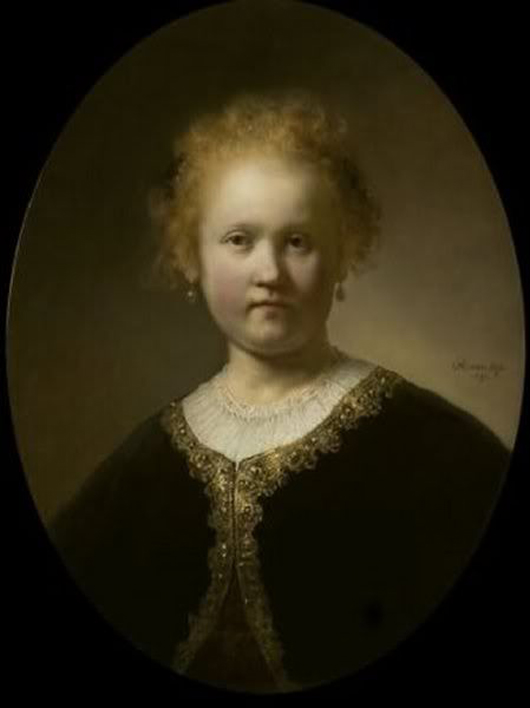
CINCINNATI (AP) – A brightly painted, 20-foot-tall fiberglass genie towering over the entrance of a renovated 1912 Cincinnati factory gives visitors just a hint of the nostalgic icons awaiting them inside a new showcase spanning nearly a century of American signs.
The gigantic genie that was used to advertise a carpet company in 1960s Los Angeles is only one of nearly 500 signs and other items included at the new home of the American Sign Museum, which opened Saturday in Cincinnati.
The new $3.3 million, 20,000-square-foot museum is more than four times the size of the original museum, which could no longer accommodate the growing collection.
“We ran out of space almost as soon as it opened,” founder and president Tod Swormstedt said of the Cincinnati site where the nonprofit museum debuted in April 2005.
New 28-foot-high ceilings now provide space for huge signs like a 1963 McDonald’s restaurant in Huntsville, Ala., that wouldn’t fit in the former museum. The 26-foot tall, 3,800-pound sign advertising 15-cent hamburgers features McDonald’s original Speedee mascot—a small figure wearing a chef’s hat and appearing to be running thanks to some rapidly moving neon lights.
Wooden panels from a Lanesville, Ind., barn that was painted with the slogan “Chew Mail Pouch Tobacco” also made it out of storage, covering almost an entire wall of the museum’s event area which will be rented out for conferences, wedding receptions and other private events.
The museum traces the evolution of American signs, from elegant hand-painted gold leaf on glass in the late 1800s and early 1900s and the first electric signs in the early 1900s, to neon signs from the 1920s through the 1960s. Plastic signs that emerged from World War II also are among the displays.
Visitors entering the new museum are greeted with a burst of motion and color. Some of the most eye-catching displays include a rotating 6-foot-diameter metal globe encircled by a Saturn-like ring of neon cars that advertised a 1950s auto painting company in Compton, Calif., and a spinning Sputnik replica that welcomed visitors to the Satellite Shopland shopping center in Anaheim, Calif., in the 1960s.
Nostalgia remains a key attraction for many visitors who say the signs bring back childhood memories.
But Swormstedt says the museum is more than flashing neon lights or the “warm and fuzzy memories” it evokes.
“It’s an educational experience,” Sworrnstedt said. “It’s a fun, colorful way to learn about American history and culture and track our technology and design trends.”
Experts in signs and urban landscape issues say the museum’s importance shouldn’t be overlooked.
“It’s a national treasure; there’s no doubt about that,” said John Jakle, co-author of several books on American roadside history and a professor emeritus of geography and landscape architecture at the University of Illinois at Urbana-Champaign.
“I don’t know any other place where you can go and get a firsthand look at what others of us write about in books,” Jakle said.
Patty Herbin, executive director of the Washington, D.C.-based Signage Foundation Inc., said the expanded museum is “a point of celebration for the on-premise sign industry” because it allows people to see how the industry has progressed.
Herbin also praised the museum’s Main Street section, complete with vintage storefronts and a cobblestone square. Most of the faux storefront windows are used for displays, but one storefront is an actual working neon shop where visitors can watch as signs are created and restored.
“It’s really cool,” she said.
Copyright 2012 Associated Press. All rights reserved. This material may not be published, broadcast, rewritten, or redistributed.
AP-WF-06-17-12 1716GMT
ADDITIONAL IMAGE OF NOTE

